Maximizing Efficiency: 58% MAP Mono Ammonium Phosphate Production Line Innovations
As agriculture continues to evolve, the demand for high-performance fertilizers like 58% MAP Mono Ammonium Phosphate (MAP) is on the rise. This fertilizer, known for its essential phosphorus and nitrogen content, plays a critical role in improving crop yields. With growing global needs, production lines for MAP must stay ahead by integrating advanced technologies that maximize efficiency and reduce waste. This article delves into the latest innovations driving the future of 58% MAP Mono Ammonium Phosphate production lines.
Optimizing Chemical Reactions for Higher Yield
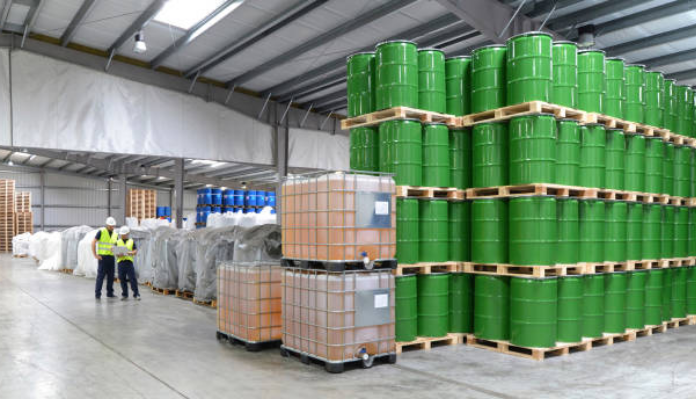
One of the most essential steps in producing 58% MAP Mono Ammonium Phosphate is the precise reaction between ammonia and phosphoric acid. Achieving the right balance between these inputs is key to maximizing product quality and output.
Today, production lines are equipped with automated control systems that continuously monitor and adjust the chemical reactions in real-time. This allows for greater precision, ensuring that the reaction efficiency is optimized and waste is minimized. These systems help maintain consistent production yields while reducing operational costs.
Streamlined Granule Formation for Consistency

Granulation is a vital step in the production of MAP, as it ensures the fertilizer’s structure is suitable for agricultural use. Modern granulation techniques have improved substantially, moving away from traditional methods that often resulted in inconsistent particle sizes.
The latest production lines employ advanced granulators that produce uniformly sized granules with enhanced density. Uniformity in granule size improves storage, transportation, and application, making 58% MAP Mono Ammonium Phosphate more efficient to use in the field. This advancement reduces the risk of nutrient loss during application and ensures even distribution across crops.
Innovative Drying Systems for Lower Energy Consumption
Energy-efficient drying systems are transforming how 58% MAP Mono Ammonium Phosphate is processed. Traditional drying methods consumed significant amounts of energy, leading to higher production costs.
Now, innovative dryers like rotary drum dryers and fluidized bed dryers reduce energy consumption by utilizing heat exchange systems that recover and reuse excess energy. These systems dry the granules more quickly and uniformly, further improving product quality while reducing overall production costs. Lower energy usage also contributes to a smaller environmental footprint for MAP production facilities.
Automated Packaging and Storage Solutions
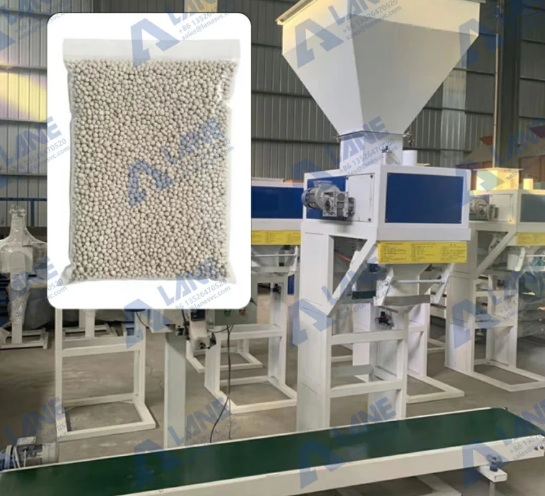
Packaging and storage have a direct impact on the quality and lifespan of 58% MAP Mono Ammonium Phosphate. New automated systems streamline the packaging process, ensuring that the fertilizer is packed efficiently and with minimal handling.
These systems reduce human error, improve packaging speed, and ensure that the product is stored in optimal conditions. Proper packaging prevents exposure to moisture, which can degrade the fertilizer. Automated storage solutions also allow manufacturers to track inventory in real-time, leading to better supply chain management and reducing the risk of shortages or overproduction.
Sustainable Waste and By-Product Management
Waste management is a major concern in fertilizer production, but new technologies are making it easier to handle the by-products of the 58% MAP Mono Ammonium Phosphate production process.
By using advanced filtration systems, production lines can capture and recycle waste materials, minimizing the environmental impact. These systems ensure that by-products, such as dust and wastewater, are filtered, treated, and reused where possible. This not only reduces pollution but also lowers the operational costs associated with waste disposal, making the entire process more sustainable.
Customizable Formulations for Specific Agricultural Needs
With farming techniques and soil conditions varying across the world, the ability to customize fertilizer formulations has become a valuable asset. Modern 58% MAP Mono Ammonium Phosphate production lines are equipped with blending technologies that allow for adjustments in the nutrient balance of the final product.
This flexibility enables manufacturers to produce specialized formulations tailored to specific crops, soil types, or regional requirements. As a result, farmers can select fertilizers that are optimized for their particular agricultural needs, maximizing crop health and yield.
Conclusion
LANE Corporation is dedicated to the development and production of fertilizer equipment and is currently the only industry leader in the fertilizer equipment industry.
The innovations in 58% MAP Mono Ammonium Phosphate production lines are driving unprecedented levels of efficiency, sustainability, and product quality. From energy-efficient drying systems to precision chemical mixing and automated packaging, these advancements are helping manufacturers meet the increasing global demand for high-performance fertilizers. As the agricultural sector continues to grow, adopting these technologies will be essential for ensuring sustainable production while maintaining the high standards required by modern farming practices.
Latest Articles & Tips
More-
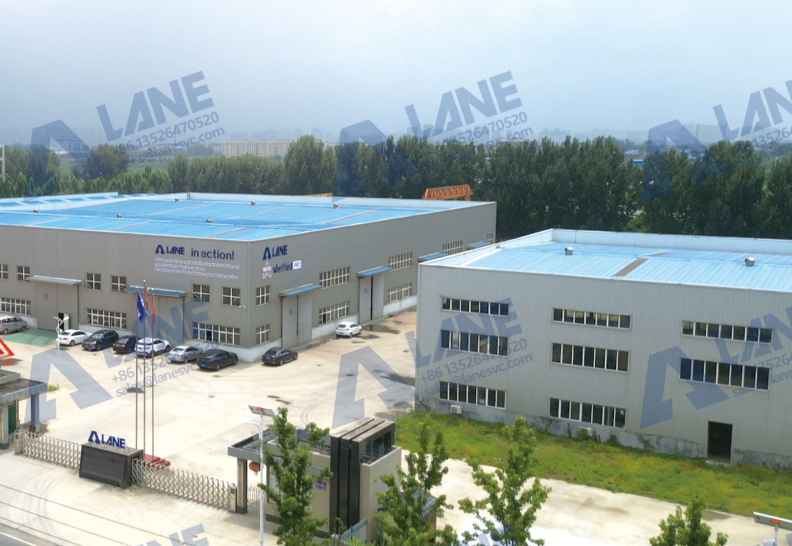
03/14
OEM Fertilizer Equipment Manufacturing: Custom Solutions for Your Production Needs
read more -

02/27
Fertilizer Granulation for DAP and MAP: Enhancing Efficiency in Fertilizer Production
read more -
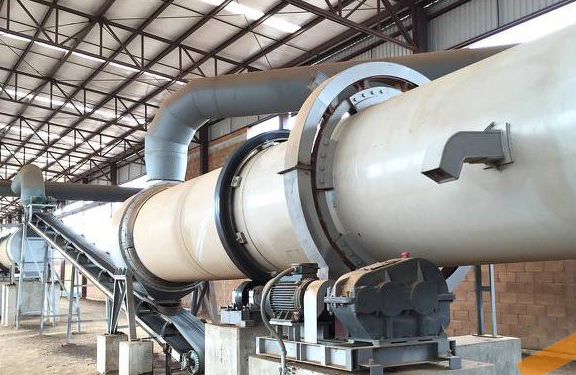
02/27
Fertilizer Production Solutions: Optimizing Efficiency and Sustainability in Fertilizer Manufacturing
read more -
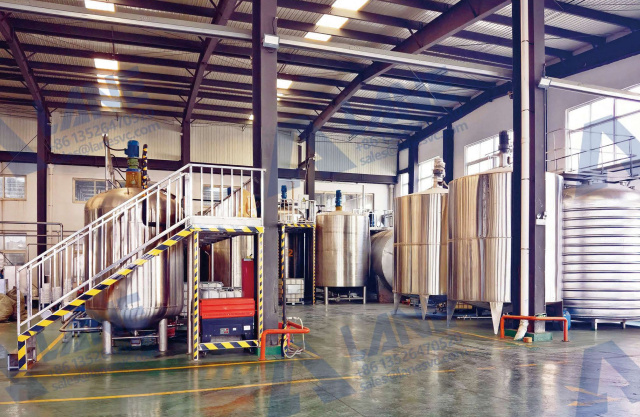
02/13
Chemical Fertilizer Production Line: Enhancing Agricultural Productivity with Precision Manufacturing
read more



Send a message to us